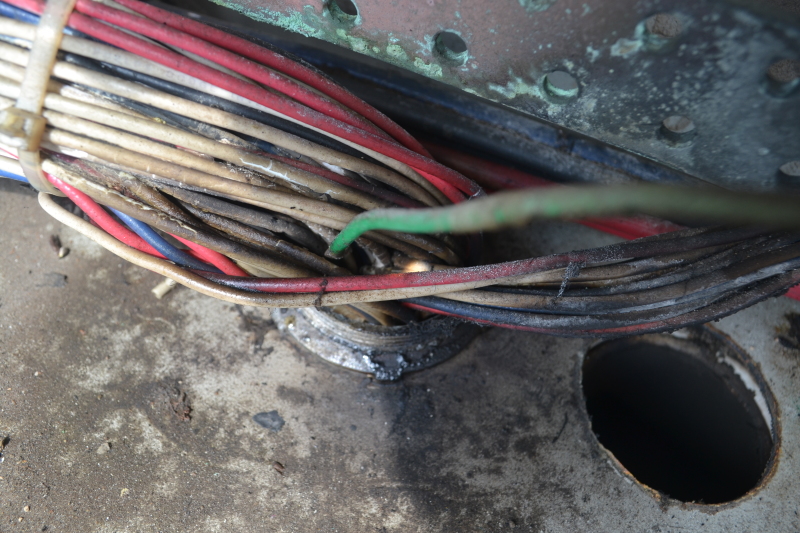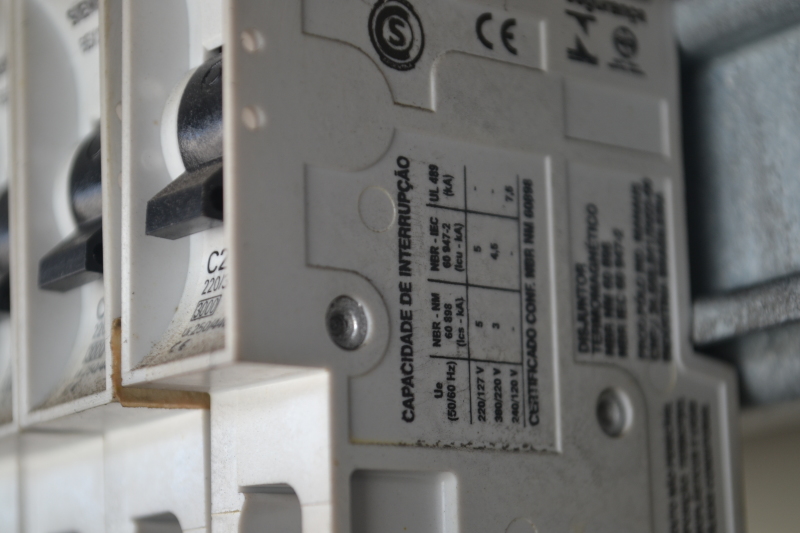Weldinspect
Mechanical
- Feb 13, 2010
- 204
What can you experts say this fault was cuased by? please see attched picture


Follow along with the video below to see how to install our site as a web app on your home screen.
Note: This feature may not be available in some browsers.


